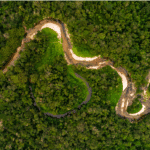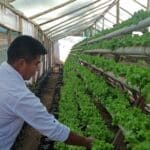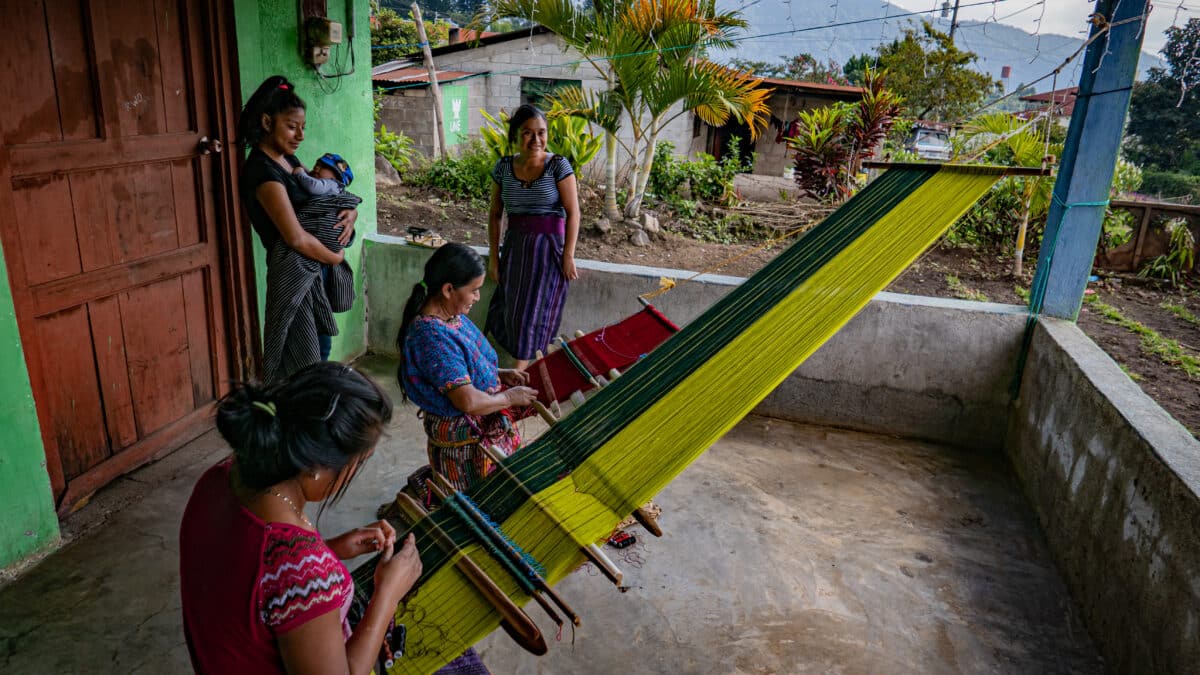
Agroforestry Can Be Part of the Solution to Saving the Amazon
August 31, 2023
Climate Change Resilience Requires Modern Innovation and Ancient Wisdom
December 1, 2023Latin America Migration and Economic Development

By Kate Schecter
The immigration crisis is once again in the news. Of course, this is a decades-long movement of often desperate people fleeing poverty, violence, corruption and oppression in search of a better life.
Many of those seeking to enter the U.S. now are fleeing Venezuela and Haiti. This is a shift from prior years, when most people came from the Central American “Northern Triangle” areas of Guatemala, El Salvador and Honduras.
But fewer migrants from the Northern Triangle is likely just a pause. Conditions have not fundamentally improved there.
Along with development experts, the Biden administration understands this. Through its “Root Causes Strategy,” it seeks to attract primarily private companies to invest in Central American countries. Efforts to generate employment and income, including through the production of goods for export, could help. However, it is important to have realistic expectations about what relatively large scale outside investment can achieve when the legal and the regulatory frameworks remain weak. Even if this recent effort to encourage foreign investment in Central America is more successful than those in the past, its effects will take time to make a difference.
There is a different approach. While also focused on capital accumulation, this strategy relies on capital generated by local communities. This is in turn invested in businesses and other initiatives that meet local needs.
An example is what is being achieved in Olopa, in Guatemala’s Chiquimula Department. Women there have traditionally made rope bags for their families’ use. With assistance from the development organization World Neighbors, they have developed and incorporated different designs for their bags. With training in basic financial and marketing techniques, rope bag production has been successfully commercialized. Women sell their bags in Olopa and surrounding villages. The bag business is producing significant income for a large number of women.
This is income that helps coffee farmers in particular diversify their income. That is important, given coffee–like any commodity–fluctuates in price and climate change is making it even more difficult to earn a living from just farming coffee beans.

Women bag producers contribute a small part of their profit into a savings and credit group. This group in turn makes loans at very low interest rates to women who wish to start their own businesses or purchase implements or even purchase additional land to expand farm output. Loans are almost always paid back because the women know each other and live in the same communities so they can help if one person is in arrears. The amount available for credit expands over time. It is this type of locally driven capital accumulation that results in economic initiatives that are locally managed and owned and meet community needs.
With assistance from World Neighbors and local partners, these women producers have organized themselves into the Association of Olopenses Women (AMO). With its success in Olopa, the AMO has expanded to Jocotán and Camotán. The AMO now encompasses 37 communities. The organization has about 700 members, 400 of whom are active. All but 15 are women.
 Development initiatives like those embodied in the AMO are not a panacea. Public and larger scale private investment are also necessary to catalyze sustainable development. But they do show that communities in Guatemala and other Central American countries possess everything necessary to lift themselves from poverty. This includes the means to accumulate capital. As policymakers look to address the roots causes of migration in Central America—and other countries—they should consider investing in what already works.
Development initiatives like those embodied in the AMO are not a panacea. Public and larger scale private investment are also necessary to catalyze sustainable development. But they do show that communities in Guatemala and other Central American countries possess everything necessary to lift themselves from poverty. This includes the means to accumulate capital. As policymakers look to address the roots causes of migration in Central America—and other countries—they should consider investing in what already works.
Editor’s Note: Schecter is CEO of World Neighbors.
This article originally appeared on NewsAmericaNow.com on October 6, 2023.

